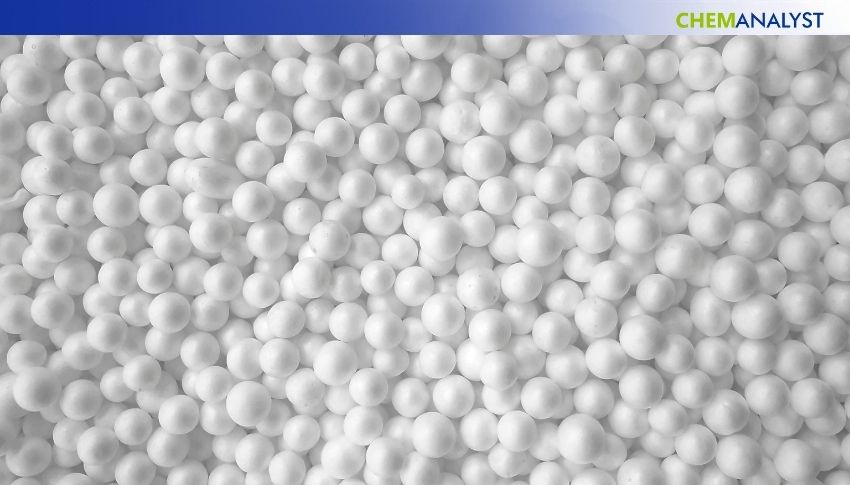Welcome To ChemAnalyst

The polystyrene markets in Northeast and Southeast Asia were steady in the first week of July 2025, with regional prices holding firm despite volatility in the upstream markets and average buying interest. The stability in prices was attributed to the competitive offers of Chinese exports, weak spot demand, and balanced market activities.
Polystyrene markets in Northeast and Southeast Asia witnessed stability during the first week of July 2025, with prices stable in all major regional markets. Market players ascribed the unchanged polystyrene price trend to the upstream crude oil and feedstock styrene prices' persistent fluctuations, resulting in cautious market activities. While the crude oil market got some support from strong seasonal demand in the U.S. and continued sanctions on major oil producers, there were several bearish factors weighing on the market, including the easing of tensions between Iran and Israel and expectation for an increase in OPEC+ output, which put downward pressure on input costs. In addition, the ceasefire between Israel and Iran has lessened geopolitical tensions over the supply and reduced the risk of sudden supply disruption, further offsetting sharp rises in upstream production costs.
In China, Polystyrene producers maintained consistent offer levels from the previous week, despite weak domestic sales. The export quotations, especially GPPS grades, remained highly competitive across Asia. Even though domestic Polystyrene prices lagged behind those in other Asian countries, producers continued to price their goods based on export parity levels. The competitive nature of Chinese export offers limited the scope for any price hike in the overall Asian Polystyrene market.
In Taiwan, Polystyrene prices remained firm, with producers refraining from adjusting their offers despite ongoing challenges. They were faced with cost disadvantages compared to intra-Southeast Asia and mainland China. Further, the significant strengthening of the Taiwan dollar against the US dollar since April reduced their export returns. Moreover, suppliers were also challenged with duty disadvantages for their Polystyrene cargoes destined for Southeast Asia, making it difficult to adjust the prices upwards.
Southeast Asia witnessed similar market conditions, with Malaysian, Indonesian, and Vietnamese Polystyrene prices remaining stable. Regional market participants reported excess supply and severe competition from competitively priced Chinese Polystyrene cargoes. Sellers struggled to improve margins amid supply glut, and the rising logistics costs continued to limit the prospects of long-haul trade from Asia.
In South Korea and Japan, Polystyrene prices remained unchanged. Some buyers were keen to secure spot cargoes earlier in the week, encouraged by firmness in the feedstock styrene market in previous weeks. However, with the market declining during the week, demand diminished, leaving the Polystyrene market under pressure. Buyers in the region preferred to keep average inventory levels in view of the cautious market sentiment and unclear trajectory of the markets.
We use cookies to deliver the best possible experience on our website. To learn more, visit our Privacy Policy. By continuing to use this site or by closing this box, you consent to our use of cookies. More info.
